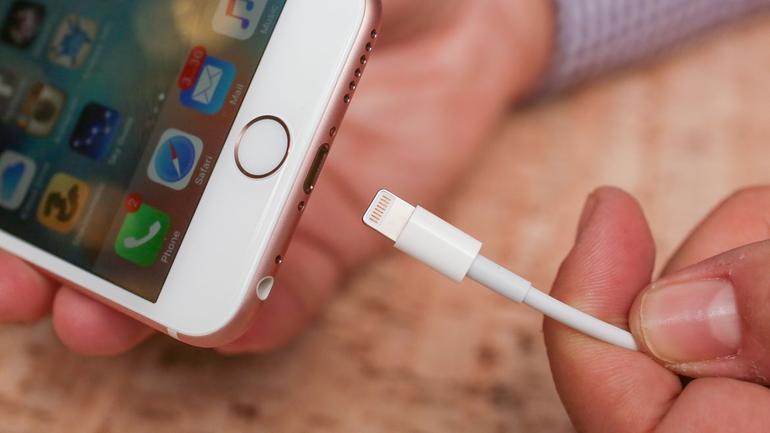

Apple has also tweaked iOS so that if an iPhone 6s or 6s Plus does unexpectedly shut down, it won’t need to be plugged into a socket to restart.
Image: Sarah Tew/CNET
A bug that randomly shuts down the iPhone 6, 6s, and 6s Plus, despite the battery having about 30 percent life left, has plagued some owners for months and generated a tide of complaints on Apple’s forums. To restart the device, users have needed to plug it into a power socket.
However, now Apple says it’s almost completely fixed the issue in the latest iOS 10.2.1 update. Since the update’s release, the iPhone maker said it’s seen an 80 percent drop in unexpected shutdowns on the iPhone 6s and a 70 percent drop on the iPhone 6.
“With iOS 10.2.1, Apple made improvements to reduce occurrences of unexpected shutdowns that a small number of users were experiencing with their iPhone,” Apple said in a statement to TechCrunch.
“iOS 10.2.1 already has over 50 percent of active iOS devices upgraded, and the diagnostic data we’ve received from upgraders shows that for this small percentage of users experiencing the issue, we’re seeing a more than 80 percent reduction in iPhone 6s and over 70 percent reduction on iPhone 6 of devices unexpectedly shutting down.”
Additionally, Apple has tweaked iOS so that if an iPhone 6s or 6s Plus does unexpectedly shut down, it won’t need to be plugged into a socket to restart. It’s said to be adding this auto-restart feature in a future update for the iPhone 6 and 6 Plus.
“It is important to note that these unexpected shutdowns are not a safety issue, but we understand it can be an inconvenience and wanted to fix the issue as quickly as possible. If a customer has any issues with their device, they can contact AppleCare.”
So, if you’re experiencing the problem, it probably is in your interest to update now to iOS 10.2.1, which was released in January.
Apple reckons this problem is unrelated to the battery issue that prompted its worldwide battery replacement program in November. It launched that program after the China Consumer Association criticized Apple over failing batteries.
Apple said at the time that a battery component in some affected iPhone 6 and 6s models was overexposed to “ambient air” before being assembled into battery packs.
It also offered an explanation for the power-management problem that it’s nearly resolved now, and said it was adding extra diagnostics in the iOS 10.2.1 update, which also explains why it has the new statistics on unexpected shutdowns.
“A small number of customers outside the affected range have also reported an unexpected shutdown. Some of these shutdowns can occur under normal conditions for the iPhone to protect its electronics,” Apple said in a statement to Fortune in late December.
“In an effort to gather more information, we are including additional diagnostic capability in an iOS software update, which will be available next week. This will allow us to gather information over the coming weeks which may potentially help us improve the algorithms used to manage battery performance and shutdown. If such improvements can be made, they will be delivered in future software updates.”

